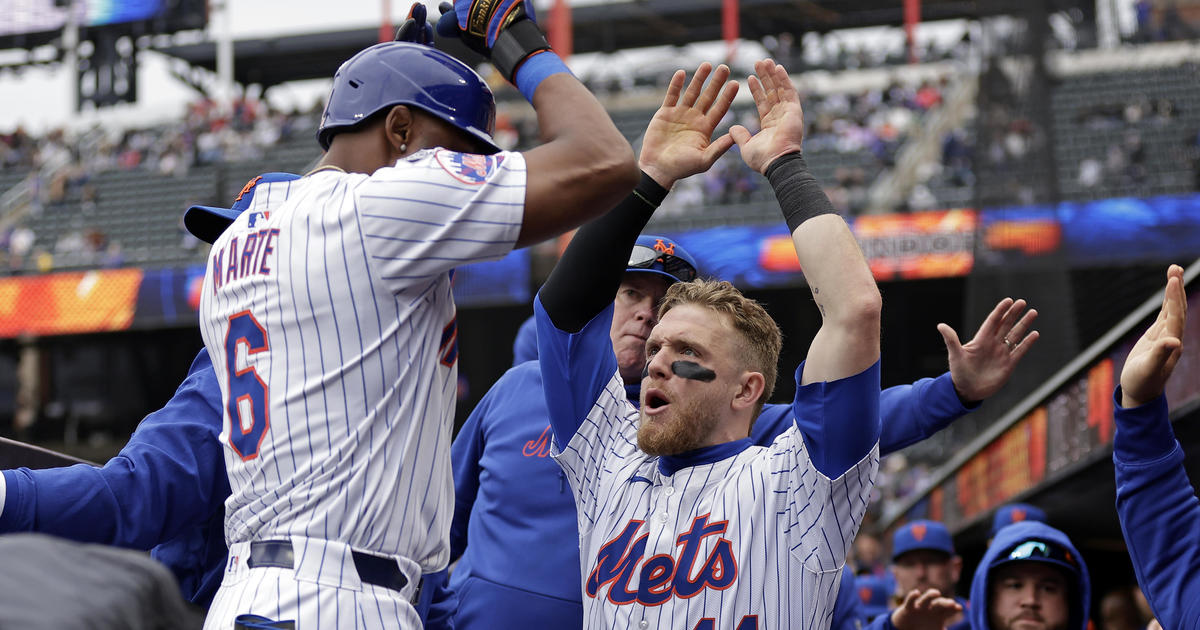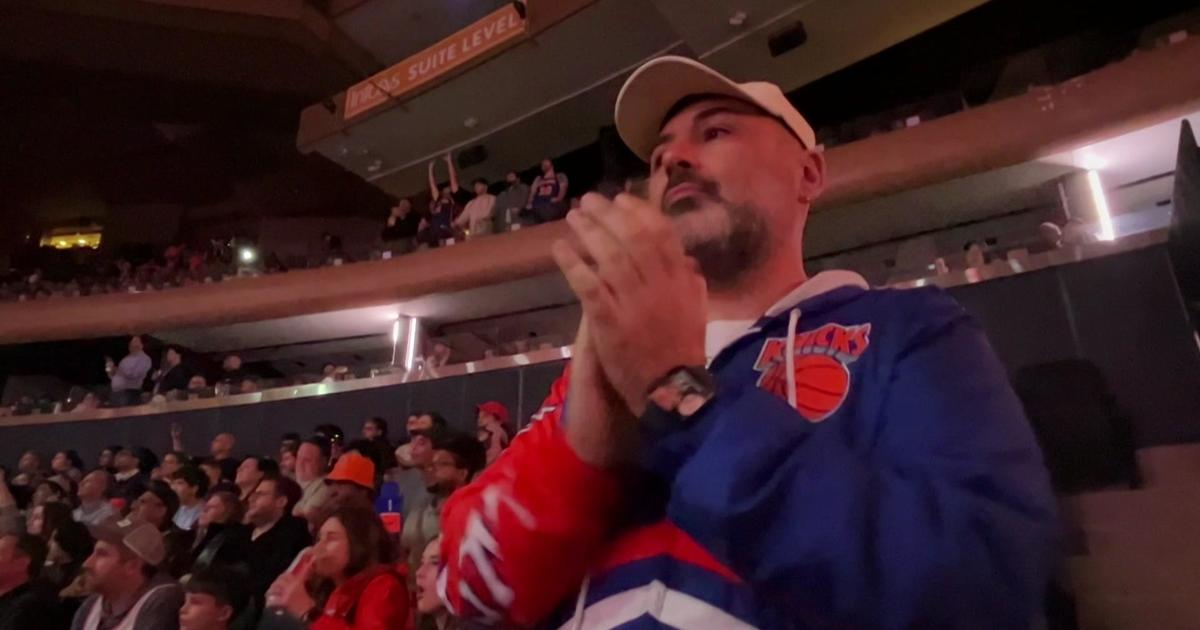Sims: What Jumper's Knee Means For Danny Granger
By Abby Sims
» More Columns
Danny Granger, 29-year-old 6'8 Indiana Pacers forward, received an injection of cortisone and will reportedly miss at least three months with a diagnosis of patellar tendinosis, or Jumper's Knee. Though Granger apparently wanted to play through the pain, Pacers' management is wisely looking to protect its investment in its offense.
Three months may seem like a long time, especially in light of the fact that no surgery is involved, but this is one of those rare occasions when a club appears to be establishing realistic expectations rather than offering up only wish-list-like optimism.
What is the patellar tendon?
The patellar tendon provides a connection between the patella (kneecap) and the tibia, the larger bone of the lower leg. It is one of the primary components of the extensor mechanism of the knee (see diagram).
The extensor mechanism acts to straighten (extend) the knee, and is also comprised of the quadriceps muscles of the front of the thigh, the quadriceps tendon (which attaches the quads to the patella), the ligaments that help to stabilize the patella (by providing a connection to the femur (thigh bone) above and to the tibia below), and also by other soft tissues on either side that help stabilize the patella and other structures of the knee.
Tendinitis and Tendinosis
The term tendinopathy covers both bases, Patellar tendinitis traditionally referred to an injury resulting in chronic pain due to an inflamed tendon, while tendinosis referred to a degenerative condition of the tendon. Prevailing thought now points to the fact that even tendinitis entails microscopic degenerative lesions or ruptures, with or without inflammation.
Patellar tendinopathies are most common amongst athletes performing repetitive activity that overloads the extensor mechanism. These include: basketball and volleyball players as well as high and long jumpers for whom jumping is key, runners, and even those playing racquet sports who accelerate and decelerate rapidly. Pain with straightening the knee or loading it while bending when the limb is weight-bearing (as when climbing stairs or attempting to push off or land from a jump) are typical symptoms.
The insertion of the patellar tendon into the patella is the area most often affected in Jumper's Knee, while the diagnosis is sometimes is used to refer to the attachment of the quadriceps tendon to the patella (quadriceps tendinitis or tendinosis). The area less commonly affected by Jumper's Knee is the attachment of the patellar tendon to the tibia.
Though there are a number of structural factors that some think predispose an individual to patellar tendinitis, studies have not shown this to be the case. Other factors, such as the hardness of a playing surface, the angle of loading of the knee, the forces applied, the degree to which loading was sustained or repeated all may play a larger role. Though patellar tendon rupture is more common with trauma (to which NFL players can attest), it may occur with extreme cases of tendinosis.
Surgical intervention for Jumper's Knee is generally considered only when considerable conservative treatment fails or in the case of a ruptured tendon.
Granger will get some rest while his injection acts to reduce the inflammation in the area and the tendon is allowed to heal. However, he will undoubtedly have ongoing rehab to strengthen all related musculature, initially without working through the knee joint. Stretching will likely be a part of his program as will cardiovascular exercise that will not aggravate his condition (such as an upper body bicycle).
Studies have shown that athletes who suffered Jumpers Knee are more likely to suffer mild but long-term symptoms than those who had no similar complaints during their playing careers
Follow Abby on Twitter @abcsims



